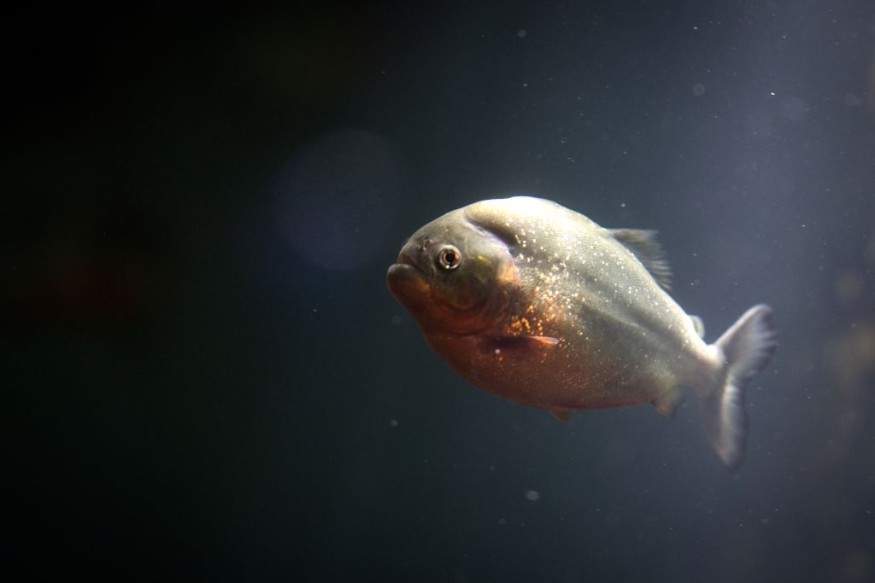Piranha, also known as Caribe or Piraya, is one of more than 60 South American razor-toothed predatory fish with an overstated reputation for aggressiveness.
The piranha has been portrayed as a hungry and fiercely freak of nature that attacks anyone on sight. Most species, on the other hand, are scavengers or feed on organic material.
Piranhas rarely grow to be more over 60 cm (2 feet) long. The color ranges from silvery with orange undersides to black. Deep bodies, saw-edged bellies, and huge, typically blunt heads with strong jaws bearing sharp, triangular teeth that meet in a scissor-like bite characterize these common fishes.
Piranha Sightings on North Texas Lakes

Piranhas belong more in the realm of legend than reality. Experts claim that there is no established piranha population at Lavon Lake. In truth, according to the US Geological Survey, there have only been two recorded piranha sightings in Texas, one near Houston and the other near San Antonio.
People have different theories on how these piranhas get into the Texas waters. According to Monica McGarrity, senior scientist for Aquatic Invasive Species at Texas Parks and Wildlife Department, irresponsible pet owners are likely to have thrown their aquarium in public waters.
Piranhas are unlikely to establish a colony in a North Texas lake in the future, according to her. Aquarium dumpers normally only get rid of one fish, which needs a partner to breed with. Because these are tropical fish, temperatures may become too chilly, causing them to perish during the winter. Many circumstances contradict the report, and the sighted piranhas' survival on the lake will not take long.
Pacu: A Relative of Piranhas
Pacu (Colossoma macropomum) are South American river fish that are related to piranha but with a few notable differences: pacu are vegetarians, and their teeth resemble human teeth starkly. Pacu eats mostly foliage and insects, grazing on river plant matter as well as seeds, nuts, and other items that fall into rivers from trees. They also have an immensely powerful jaw that could munch on the veggies easily.
Pacu fish, despite their nickname as the "vegetarian piranha," have nothing in common with their predatory cousin. They would rather eat a banana than eat a human, and their demeanor is quite laid-back.
Pacus, like piranhas, are native to the Amazon River Basin in South America, and the two fish have a similar appearance when young.
The appearance of the fish changes as they grow older. According to the Smithsonian National Zoo and Biological Institute, certain pacu subspecies can live for more than two decades and weigh more than 60 pounds when fully grown.
The terrifying, razor-toothed piranha of folklore does not correctly characterize a pacu. Pacus teeth are duller and more human-like than those of piranhas.
According to the USGS (United States Geological Survey) database, there have been 27 reports of pacu sightings in Texas since the 1980s. These pacus, like piranhas, were tossed into the lake by former pet fish owners, according to Perrin.
According to McGarrity, these sightings are rare and do not imply a widespread threat to human or environmental health currently. At the end of the day, the safety of both humans and animals is important. Proper management and strategies will be done and followed if reports are presented.
© 2025 NatureWorldNews.com All rights reserved. Do not reproduce without permission.





